Canaan and the 18th Dynasty
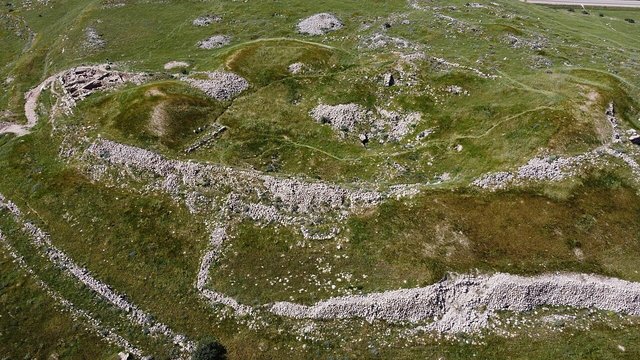
As we saw in several earlier articles, archaeologists have discovered that a number of Canaanite cities were destroyed by fire at the end of the Middle Bronze Age―which I date to the first half of the 8th century BCE. The usual explanation of this destruction is that it was carried out either by the Hyksos as they retreated from Egypt, or by Ahmose I, the founder of the 18th Dynasty, who pursued the Hyksos into Canaan:
A convenient date for the end of the Middle Bronze Age is the rise of the Eighteenth Dynasty in Egypt is 1580 B.C. [conventional], when Egypt drove back the Asiatics and began to recover her control over Syria. Punitive campaigns driving back the Hyksos into Palestine are recorded in Egyptian documents. Both Tell Beit Mirsim and Jericho were violently destroyed at about this time, probably by such campaigns, and were not reoccupied for many years. Other towns, such as Megiddo, were destroyed, but occupation is immediately resumed. New foreign elements may have arrived with the mixed Asiatics driven out of Egypt, but there is little material evidence of this. Canaanite culture continues into Late Bronze Age Palestine. ―Kenyon 194
It is probable that Amosis [Ahmose I] did not penetrate into northern Palestine until late in his reign. Immediate Egyptian interference in Palestine was therefore apparently slight. If an inference may be drawn from the considerable number of site destructions that, as will be seen, are to be ascribed to the end of the Middle Bronze Age, it is likely that they were due to attacks by the groups of Asiatics displaced from Egypt at this stage ... a number of sites that show a recognizable break at the end of the Middle Bronze Age, a break which can be ascribed either to Egyptian campaigns at the beginning of the Eighteenth Dynasty or to the Asiatics expelled from Egypt after the fall of Avaris and pushed back into Palestine. ―Edwards et al 526 ... 528 (Kathleen Kenyon, Palestine in the Time of the Eighteenth Dynasty, in Cambridge Ancient History, Volume 2, Part 1)
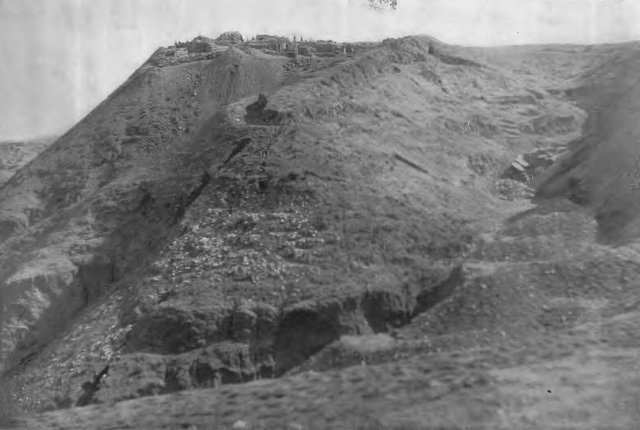
What archaeology cannot prove is the exact cause of the break. If Tell el-Far’ah is to be identified with Sharuhen, the break is likely to be associated with the campaign of Amosis (1570—1546 B.C.) during the first years of his reign. He campaigned also into northern Palestine during the later years of his reign, and archaeological evidence is not yet so precise that some of the destruction could not be attributed to these campaigns. It is however possible that the Asiatics displaced from Egypt after the fall of Avaris became roving soldiers-of-fortune, and inflicted disasters upon their remote relatives in Palestine. ―Edwards et al 556
We, however, having dated the Exodus of the House of Israel and the subsequent Conquest of Canaan to this very time period, interpreted this evidence as confirmation of the Conquest. This interpretation is not contradicted by Egyptian records:
It makes little sense, however, for the Hyksos to destroy the very cities to which they were fleeing and in which they were seeking refuge. As for Egyptian punitive campaigns into Canaan, there is no textual evidence in Egyptian literary sources to indicate that the Egyptians went beyond Sharuhen in southwest Canaan in their pursuit of the Hyksos. Moreover, there is no evidence to suggest that the Egyptians ever campaigned in the southern Jordan Valley in the XVIIIth Dynasty, the period in Egyptian history following Hyksos rule. The Egyptian interest at this time was in the trade routes on the Mediterranean coast and the Kishon-Jezreel Valley and in points further north, not in the Jordan Valley. ―Wood, Biblical Archaeological Review
If ours is the correct interpretation, then whatever happened in the immediate aftermath of this destruction must correspond to the period of history that preceded the Divided Monarchy of Israel & Judah. This is the period of Israelite history that we are now investigating.
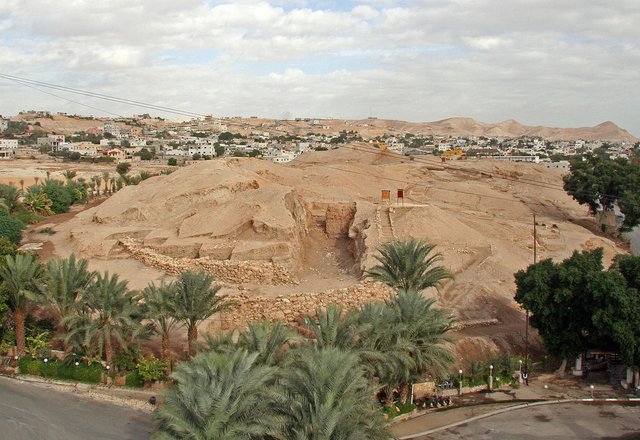
Canaan in Late Bronze Age I
If Egyptian records are to be trusted, Canaan fell within the sphere of influence of the 18th Dynasty. But was it ruled by Egypt―whether directly or indirectly―or were the Pharaohs happy to leave it to its own devices so long as it did not threaten their hegemony in the region?
With the establishment of the Eighteenth Dynasty ... The Egyptian rulers extended their power up the Mediterranean coast and into Syria, and the records of their campaigns contain many mentions of identifiable sites ... Another effect of the restoration of Egyptian power was a considerable development of trade in the eastern Mediterranean, and the appearance of foreign pottery and other objects is often of chronological assistance. ―Edwards et al 526
Corroborating these records with archaeological evidence on the ground, however, is problematic:
The next pharaoh Amenophis I (1546—1526 B.C.) seems to have consolidated the advance made at the end of the reign of Amosis, and it is probable that Egyptian control was extended a considerable way into Asia. The records are however scanty, and no links can be established with archaeological evidence. Succeeding Egyptian rulers were active in maintaining control in Palestine, and in their campaigns it is highly probable that some towns were captured and possibly destroyed. The archaeological and historical evidence is not, however, sufficiently exact to establish any correlation. ―Edwards et al 526–527
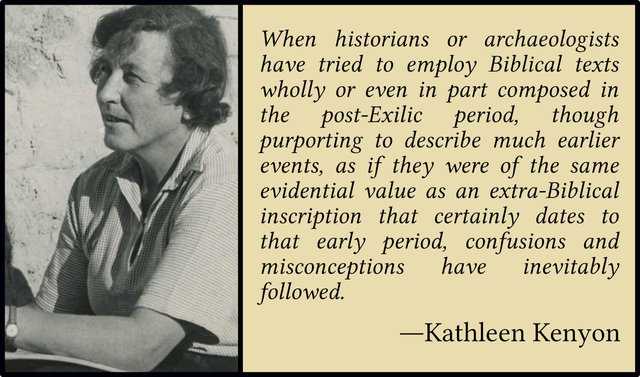
Kenyon’s views, however, have been subjected to revisionism by contemporary Egyptologists:
Kathleen Kenyon considered the MB IIC destructions at Jericho and Tell Beit Mirsim to be the ‛outstanding’ examples of such activity by the Egyptians. W.F. Albright added Megiddo and Beth-Zur to this list as illustrations of ‛the ferocity of the Egyptian onslaught’. G.E. Wright concurred with this interpretation and added Tell el ’Ajjul (City Stratum I), the northern Tell el-Far’ah (Niveau 5), and Beth Shean (XB) to this list. Y. Yadin suggested the same fate for MB IIC Hazor (Stratum XVI). In the most recent discussion of the destruction of MB IIC Shechem, J. Seger attributed that destruction to the Egyptians in spite of the fact that ‛only vague reference is given to campaigns further to the north [of the Delta].’
In contrast to this interpretation of the archaeological evidence from Palestine, there is very little inscriptional evidence from Egypt to indicate that the Egyptians had anything to do with these destructions. ―Shea 2–3
The Asiatic campaigning of the four 18th Dynasty kings prior to Hatshepsut was of an entirely different order from the military activity of Thutmose III and his successors in the same sphere. For one thing, it was not mounted on a regular basis, being confined in the event to one or two campaigns per reign, and thus cannot be invoked to explain the widespread destruction levels in Palestinian mounds at the close of the Middle Bronze Age. For another thing the theoretical basis of the attacks differed from that laid by Thutmose III. This great conqueror and his successors justified their constant offensives against the north by stressing their claim to be retaliating, or better, to be striking pre-emptively; but the ‛propaganda’ of the early 18th Dynasty makes no attempt at such sophisticated posturing ...
In short, these Asiatic campaigns of the early 18th Dynasty, and especially that of Thutmose I, appear to have been extended razzias [raids] deep into Western Asia, which resulted in booty and some captives, but no permanent occupation, at least in hinterland Syria. ―Redford 273 ... 274
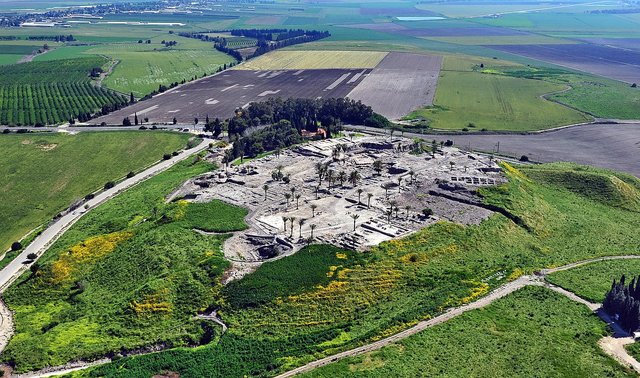
James M Weinstein of Cornell University has come to Kenyon’s defence:
In summary, if Egypt was motivated from the very outset toward building a Levantine empire, it seems incongruous to posit that the Egyptians would totally destroy so many southern and inland cities (thus ruining any possibility for annual tribute from them), while allowing the strategically and economically important northern and western cities to survive and in some case even prosper ... Egyptian military policy toward Palestine at this time was directed at the defeat and elimination of the hated Hyksos who had ruled over a long stretch of the Nile Valley until they were finally expelled from Egypt by Ahmose. ―Weinstein
Weinstein believes that Ahmose was indeed responsible for the destructions, as the cities in question were Hyksos strongholds. This view is largely speculative. It is not supported by any Egyptian documentary evidence, but it is supported by the discovery of Hyksos scarabs in these cities (Weinstein 241).
A Working Hypothesis
Taking our lead from Immanuel Velikovsky and his followers, we have hypothesized that the Divided Monarchy of Israel & Judah arose around the time that Thutmose III, the sixth pharaoh of the 18th Dynasty, came to power:
The major events affecting Palestine were undoubtedly the campaigns of Tuthmosis III (1504—1450 B.C.). Early in his reign he had to face an organized revolt from a number of Palestinian and Syrian states, and for his campaign of 1482 B.C. there are detailed records in an inscription at Karnak, in which the capture and destruction of Megiddo figure prominently. With this, archaeological evidence can be equated with some assurance. ―Edwards et al 527
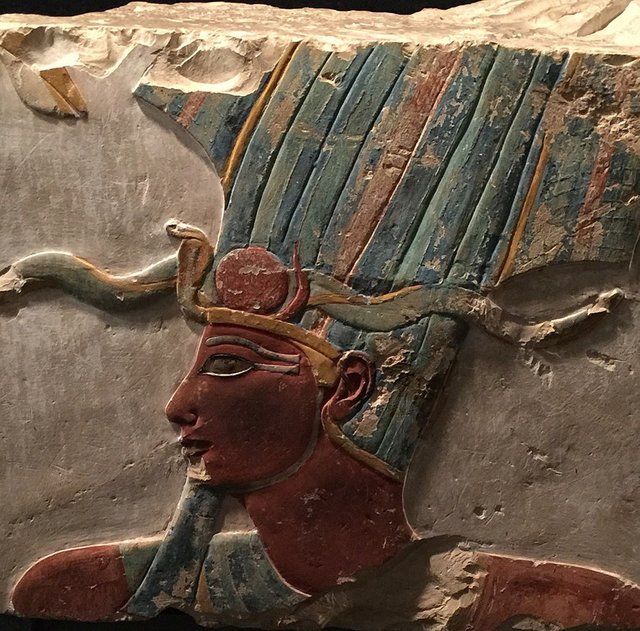
From this we can begin to formulate a working hypothesis:
For about eighty years after the Exodus Canaan was subject to Egyptian hegemony, but was not occupied by or governed directly by the Egyptians.
Sometime towards the end of this period Egypt took a more direct and belligerent rôle in the affairs of Canaan, which may have included the appointment of local governors.
The rise of the Divided Monarchy corresponded to an organized revolt in Canaan, in which the Canaanites reasserted a measure of independence from Egypt. Thutmose III’s invasion was a direct response to this revolt.
If this scenario is correct, how was Canaan ruled during those eighty years? Were the cities of Canaan ruled by local kings subject to Egyptian oversight? Were there Judges, as the Bible recounts? Was there a Unified Monarchy―a Kingdom of Israel? Those are the questions we will be attempting to answer in the next few articles. Our approach will be a two-pronged one: on the one hand, we will be examining the records of the Pharaohs of the 18th Dynasty to see what can be gleaned from them concerning Canaan : and on the other hand, we will be examining the archaeology of Canaan from the early part of the Late Bronze Age.
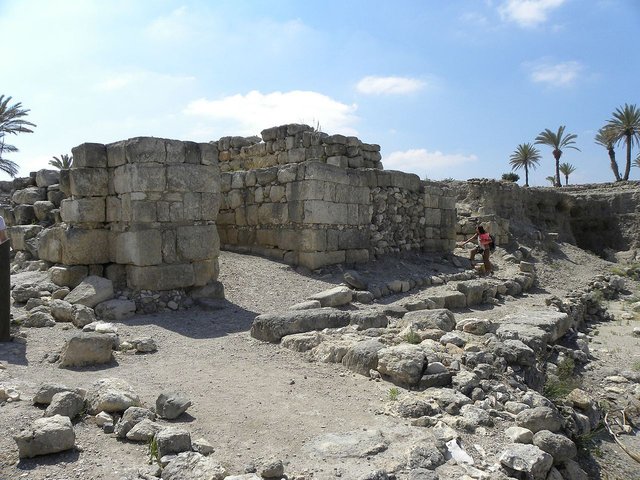
And that’s a good place to stop.
References
- I E S Edwards, C J Gadd, N G L Hammond, E Sollberger (editors), Cambridge Ancient History, Third Edition, Volume 2, Part 1, Cambridge University Press, Cambridge (1973)
- Kathleen Kenyon, Archaeology in the Holy Land, Frederick A Praeger, New York (1960)
- Donald B Redford, A Gate Inscription from Karnak and Egyptian Involvement in Western Asia during the Early 18th Dynasty, Journal of the American Oriental Society, Volume 99, Number 2, Pages 270–287, AOS, New Haven, Connecticut (1979)
- William H Shea, The Conquests of Sharuhen and Megiddo Reconsidered, Israel Exploration Journal, Volume 29, Number 1, Pages 1–5, Israel Exploration Society, Jerusalem (1979)
- James M Weinstein, The Egyptian Empire in Palestine: A Reassessment, Bulletin of the American Schools of Oriental Research, Volume 241, Pages 1–28, ASOR, The University of Chicago Press, Chicago (1981)
- Bryant Wood, Did the Israelites Conquer Jericho? A New Look at the Archaeological Evidence, Biblical Archaeology Review, Volume 16, Number 2, Pages 45–58, Biblical Archaeological Society, Washington, DC (1990)
Image Credits
- Tell Beit Mirsim: © Bukvoed (photographer), Creative Commons License
- Tell el-Far’ah: Flinders Petrie (photographer), Beth-Pelet I,Plate I, British School of Archaeology in Egypt, University College London, London (1930), Public Domain
- Jericho (Tell es-Sultan): © Tamar Hayardeni (photographer), Creative Commons License
- Kathleen Kenyon: Anonymous Photograph, © UCL Institute of Archaeology, University College London, Creative Commons License
- Tel Megiddo: © Avram Graicer (photographer), Creative Commons License
- Thutmose III: Relief of Thutmose III from the Mortuary Temple of Hatshepsut, Luxor Museum, © EditorFromMars (photographer), Creative Commons License
- City Gate at Megiddo: © Ian Scott (photographer), Creative Commons License
